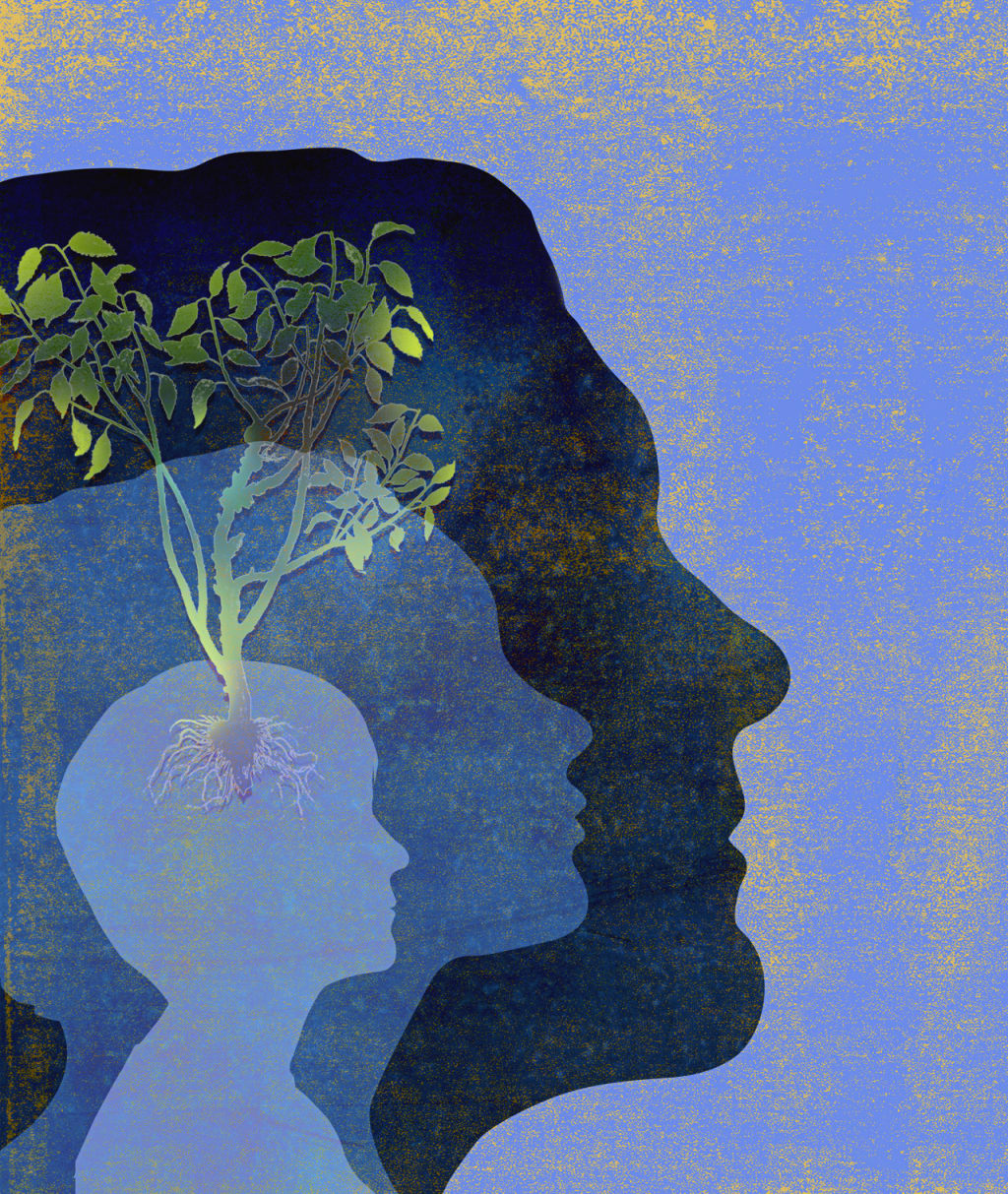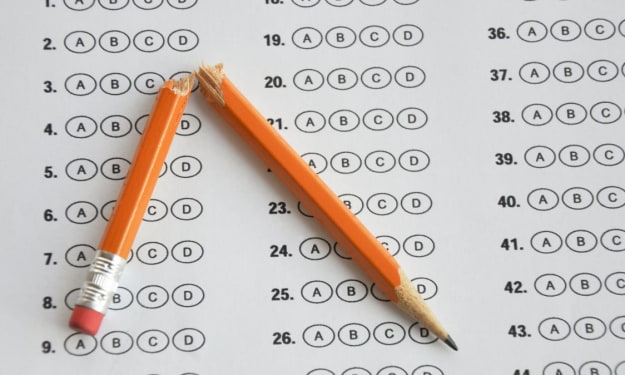Recognizing and Overcoming False Growth Mindsets
A short essay about the importance of growth mindsets when teaching

"A growth mindset is the belief that you can develop your talents and abilities through hard work, good strategies, and help from others" (Dweck 1). Research has proven that a growth mindset has a profound, continuous, and positive effect on student motivation and participation. However, a growth mindset is only as effective as the archer who is teaching with it.
To teach with a growth mindset is a series of teaching methods intended to nurture and expand prior knowledge to promote academic and individual growth. But when the necessary steps are overlooked and mistreated, a false mindset is created. In the article the author, Carol Dweck wrote of a disheartening letter she rejected from a parent about her daughter's negative experience with teaching with a growth mindset. It depicted her daughter's experience transferring from a school successfully applying and promoting teaching students with a growth mindset, to a school that couldn't fully grasp the concept. The school blamed the student mindset for their failures instead of owning up to their academic mishaps. "...children were scolded and blamed—in the name of growth mindset—for not persevering and learning effectively" (Dweck 2). It is not the fault of the student for not grasping the declarative knowledge they were taught, but the fault of the teacher for not adequately teaching it; as well as recognizing and building from their mistakes.
A teacher's purpose is to build and nurture future generations, and this can't be accomplished without putting in the necessary amount of effort. Actions speak louder then words. Marzano's dimensions of learning follow this elaborate and intuitive teaching method, but teachers begin to lose sight of it when they reach Dimension 2: Declarative Knowledge. A majority of teachers don't step beyond and reflect and apply the knowledge they've taught. Without this constructive and crucial aspect, both student and teacher miss out on the key element of learning: practice. Prior knowledge isn't tested and the extra step to teaching Procedural Knowledge—applying the knowledge taught—isn't taken and will remain that way until teachers follow the Dimensions of Learning to their full extent.
Ghandi once said, "A man is but the product of his thoughts. What he thinks, he becomes." This sums up my takeaway from this activity beautifully. If students are placed on a misguided path that is a path they will struggle to remove themselves from. It is the purpose and role of teachers to provide not only the core foundation of knowledge, but life lessons necessary to keep students averted to such paths. This cannot be achieved through meeting halfway between standardized teaching and teaching with a growth mindset.
Dweck Carol, Recognizing and Overcoming False Growth Mindset, January 11 2016. September 18 2017. <https://www.edutopia.org/blog/recognizing-overcoming-false-growth-mindset-carol-dweck>.
*image: https://commonthreads.sgi.org/post/158049809353/growth-mindset-for-a-more-peaceful-empathetic






Comments
There are no comments for this story
Be the first to respond and start the conversation.